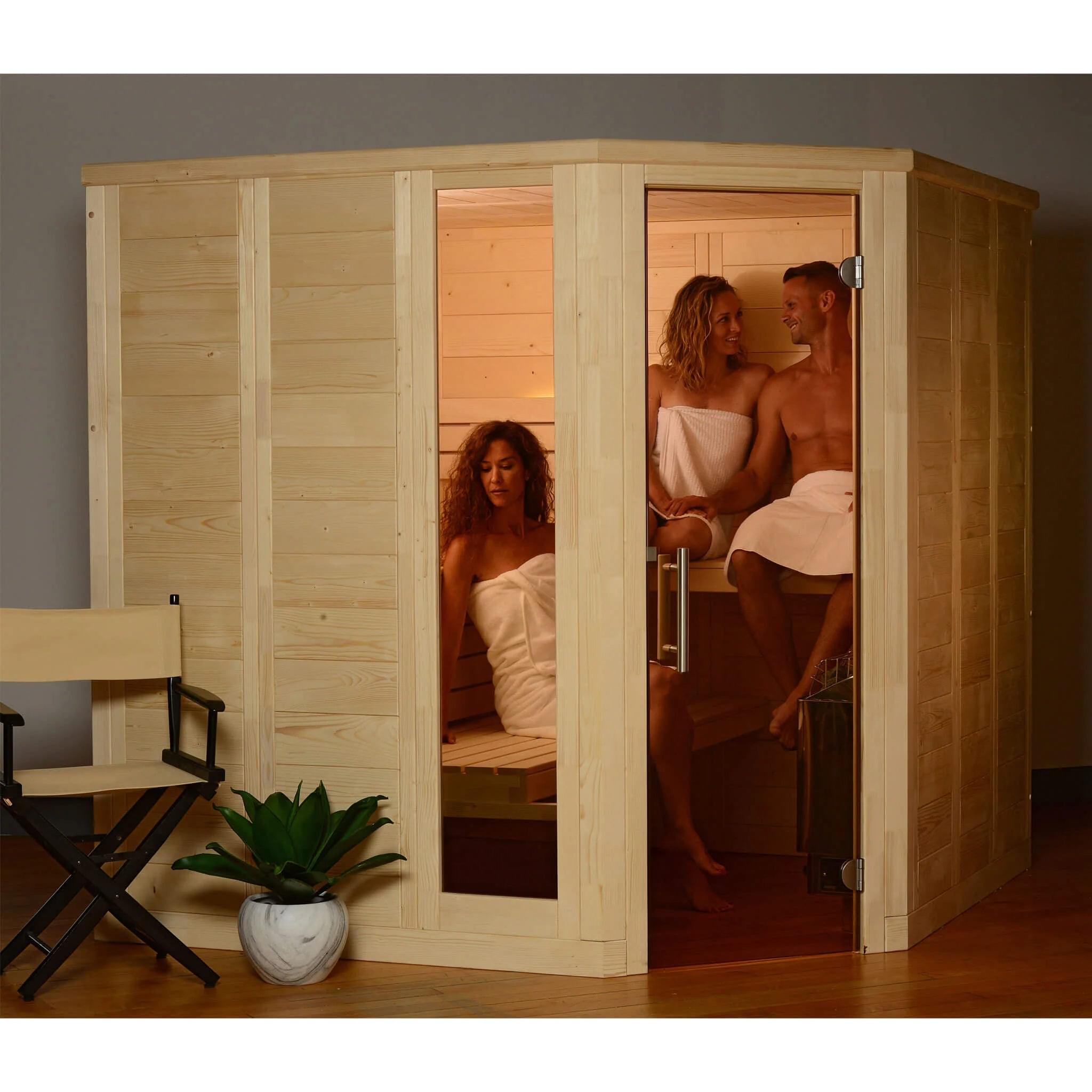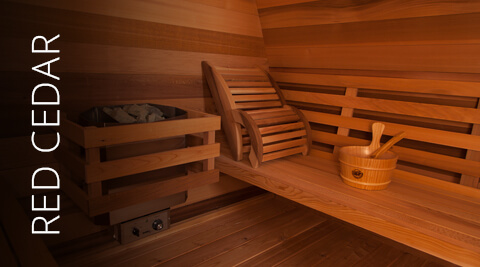Some Known Incorrect Statements About Traditional Sauna
Table of ContentsNot known Facts About Traditional SaunaTraditional Sauna for BeginnersSome Ideas on Traditional Sauna You Should KnowSome Ideas on Traditional Sauna You Need To Know
Many of the weight shed in a sauna is water loss and is re-gained upon rehydrating. Without a doubt sauna can be an essential part of a healthy and balanced weight loss program. To look at the differences between typical and IR saunas, I will separate these into proven, academic, and produced differences.Thus, the most popular factor in the saunawhich is at the ceiling directly over the sauna heateris commonly in between 185 and 190 F. Traditional Sauna. Claims that a traditional sauna exceeds 200 F is merely not true and not applicable for electric saunas marketed in the US. The temperature for a far-infrared sauna is normally established between 120 and 140 F; nonetheless, unlike the standard sauna, the objective in and IR area is not to accomplish a heat
Due to this, the temperature difference is practically irrelevant, given that excessive sweating causes both sauna kinds, however the method of warming the body is various. In an IR sauna the bather will really feel warm and will sweat a lot, however at a lot reduced temperature levels. Hence, if the goal is to invest longer amount of times in the sauna, the IR sauna is an excellent selection.

The Definitive Guide to Traditional Sauna
When the heat is achieved, the elements cycle on and off to keep the high temperature. A lot of typical sauna individuals delight in putting water over the rocks to develop vapor to increase sauna moisture levels. The benefits of pouring water over the rocks include: making the area extra comfortable, dampening the nasal flows, and allowing the use of aromatherapy by blending important oils with the water.
In a far-infrared sauna, the warm front pass through the body to efficiently heat the body and raise the body core temperature level. To attain this boosted temperature level, Far-infrared emitters create infrared energy which is close to the same wavelength as that which the body normally emitsoften described as the "Essential Array" of 7 to 14 microns), so the power is well obtained by the body.
When the power goes into the body, it causes the body temperature to enhance and ultimately causes sweat. In an infrared sauna it is essential for the emitters/heaters to continue to be on nearly regularly. Considering that there is no mass of rocks to preserve heat, the sauna will cool down if the emitters shut find this down.
As discussed above, the sauna bather in an infrared space wishes to place himself in front of operating emitters to obtain optimal gain from the heat. The heating time for the 2 areas can be extremely different, relying on how the spaces are utilized. For a conventional sauna, a bather should permit 30-40 mins for the area to accomplish a wanted temperature and to properly pre-heat the rocks.
How Traditional Sauna can Save You Time, Stress, and Money.
A well built sauna will typically achieve a temperature of 150-160 F in regarding 30-40 minutes. For hotter temperature levels, the area may need to warmth for a longer duration.
To some, 15 minutes was "thrown away" while the infrared energy heated up the timber panels rather than heating up a body, while others find a pre-heated room to be much more comfortable and think a raised beginning temperature level is needed to start perspiring. The size of suggested usage for every space is approximately the exact same (10-15 minutes per session); nevertheless, because of the lower air temperatures and the capacity to feel the effects of infrared heat much faster than a standard sauna, it is not unusual for an individual to spend an overall of 20-30 mins in an infrared sauna.
Conventional saunas tend to be bigger (thus utilize more electricity) than infrared saunas, although site conventional saunas are certainly readily available in one and 2 individual dimensions. For a two-person conventional sauna, 5x6 or 5x7 size is most preferred. The top bench can conveniently seat 2 or 3 people and is also enough time to rest throughout the sauna session.


The typical expense per kWH of electricity in the U.S. is roughly $0.11, so a 4.5 kW heater will certainly cost approximately $.50 to compete one hour, if the heater runs constantly for one hour. Normally a sauna heating unit will compete 75% of the first hour and 50% of subsequent hours on given that the aspects cycle once the set temperature is attained.
How Traditional Sauna can Save You Time, Stress, and Money.
A two person far-infrared room is normally literally smaller sized than a conventional sauna, frequently about 4' x 4' or smaller. The IR furnace is usually 1.5-1.7 kW utilizing a 120 volt 15 amp plug-in service. Because the space can be utilized quicker than a sauna space, we will certainly think the area is made use of for to of an hour consisting of heat up time.
There is a hardly ever reviewed difference in the social experience between the 2 areas. While our culture has actually lost a few of the social advantage informative post of the standard sauna experience, it can be extremely socially gratifying. From family time in the sauna, to heart-felt conversations with considerable others, to sauna partiesthe conventional sauna experience can cause intimate mingling.
The majority of greater end infrared spaces include tinted light therapy, stereo and full-glass fronts. The size of most rooms allow for 2 individuals to pleasantly make use of the space, while some styles may allow for a third or fourth person to use the room. Custom infrared areas are likewise available, with room sizes readily available approximately 7' x 8' x 7' high.
 Anthony Michael Hall Then & Now!
Anthony Michael Hall Then & Now! Marla Sokoloff Then & Now!
Marla Sokoloff Then & Now! Tiffany Trump Then & Now!
Tiffany Trump Then & Now! Kane Then & Now!
Kane Then & Now! Dolly Parton Then & Now!
Dolly Parton Then & Now!